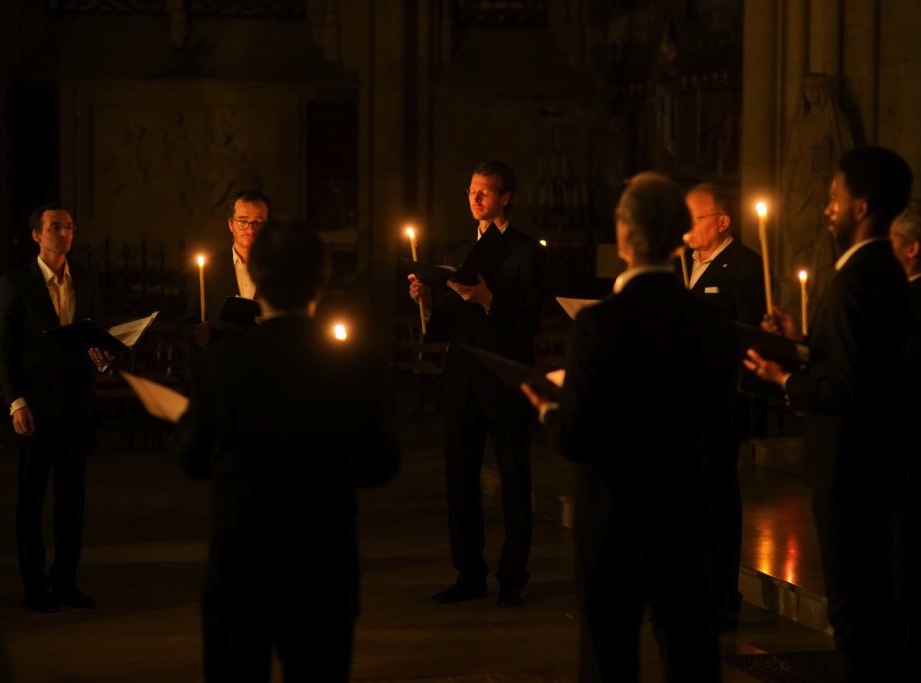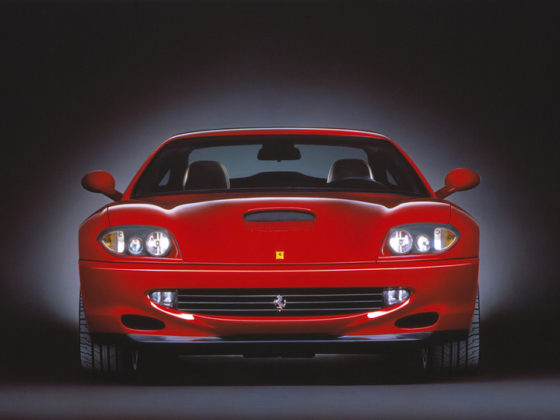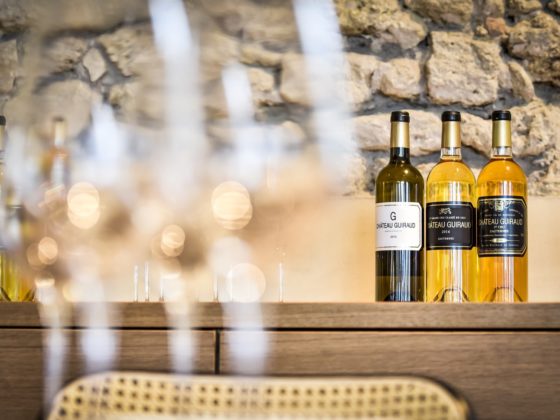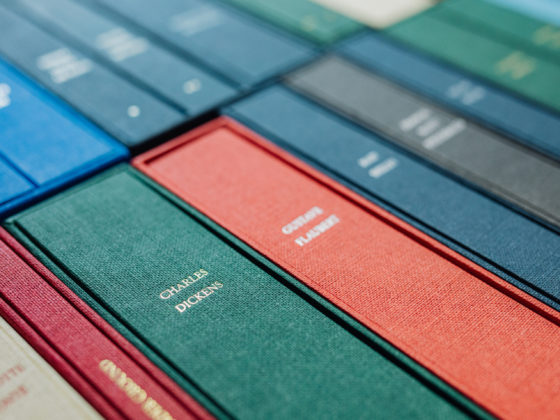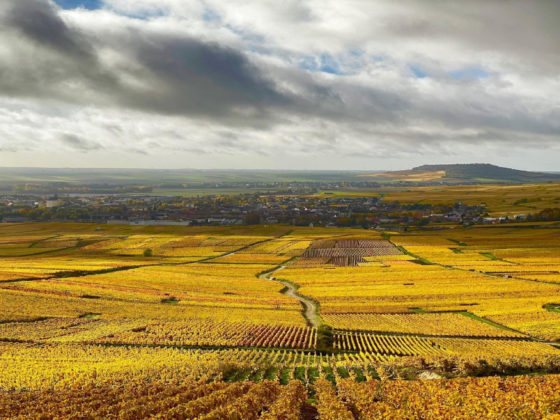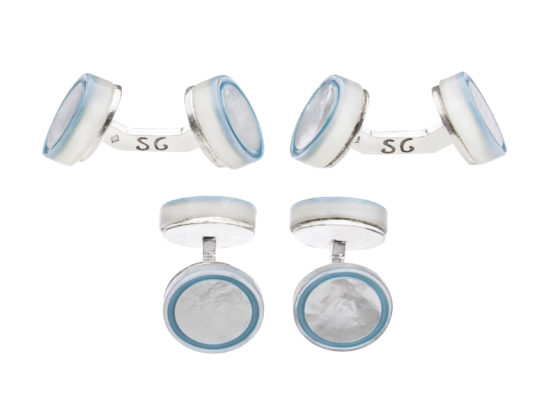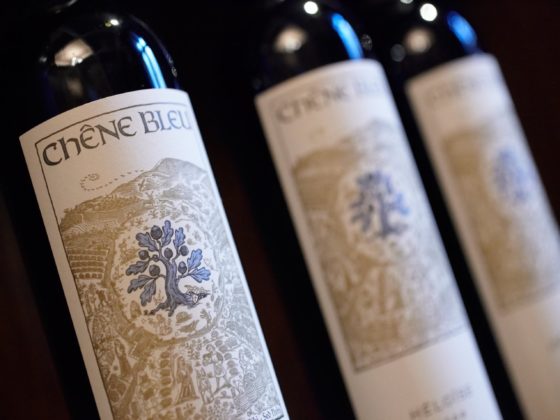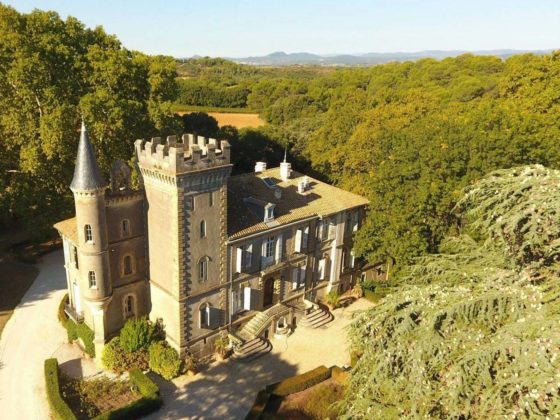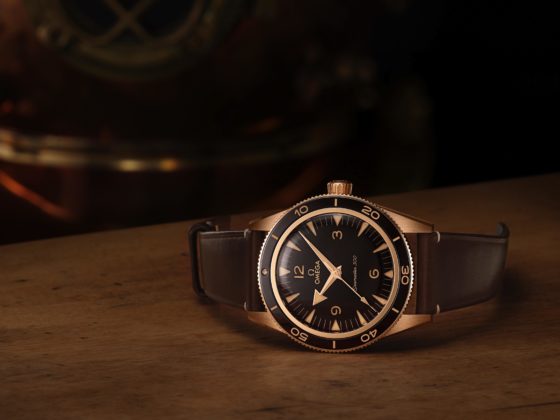Created with the ambition of introducing as many people as possible to the little-known treasure of sacred music, rich in fifteen centuries of compositions, the Chantres de Paris ensemble, which performed for the first time in the capital in 2019, is preparing the recording of a first disc and an original production on the occasion of the 1,600th anniversary of the patron saint of Paris, Saint Genevieve, in 2020.
By Alice d’Intheville
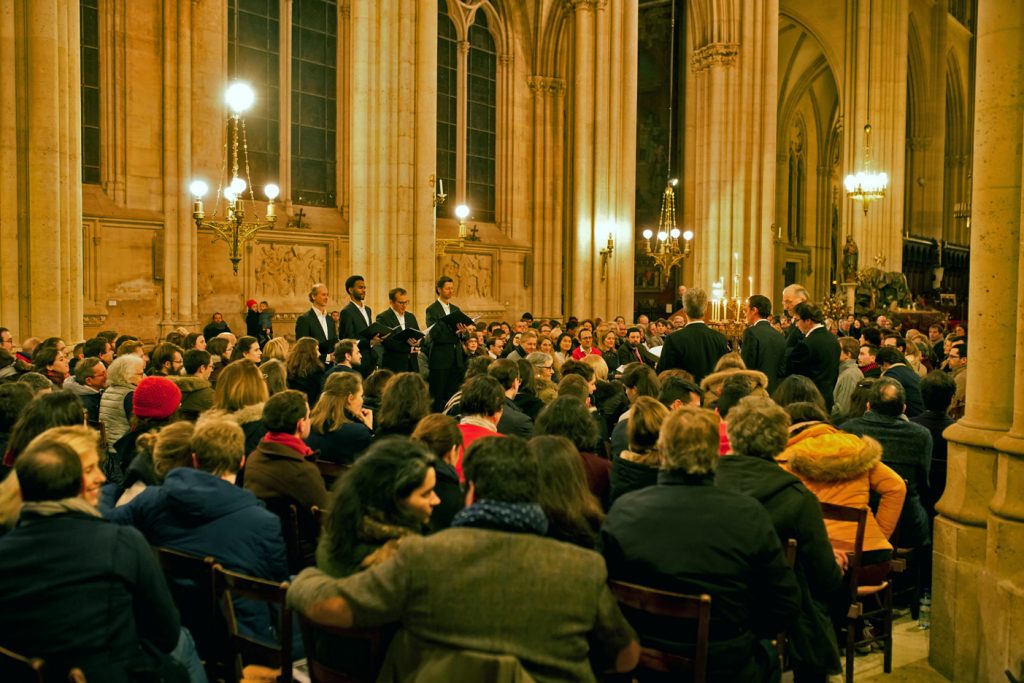
The bet was ambitious. To fill the Basilica of Saint Clotilde, in the 7th arrondissement, for what was his first Parisian concert. This January 19, 2019, with nearly 500 people coming to hear it in this sumptuous building raised to the rank of basilica at the end of the 19th century, the ensemble Les Chantres de Paris had much to celebrate. Especially since the program, De Profundis: From Darkness to Light, did not have the appeal of a great Te Deum or a Mozart Requiem. Ce jour-là, il s’agissait plutôt d’un parcours initiatique singulier, articulé autour de pièces vocales et d’orgue faisant écho au chant grégorien et au faux-bourdon du compositeur estonien Arvo Pärt, né en 1935, et jalonné par le rituel de la messe des défunts. “From doubt to hope, from fear to confidence, this program takes the listener on an encounter with the paradoxical emotions evoked by the evocation of death,” explains Damien Rivière, tenor and artistic director of the Chantres de Paris.
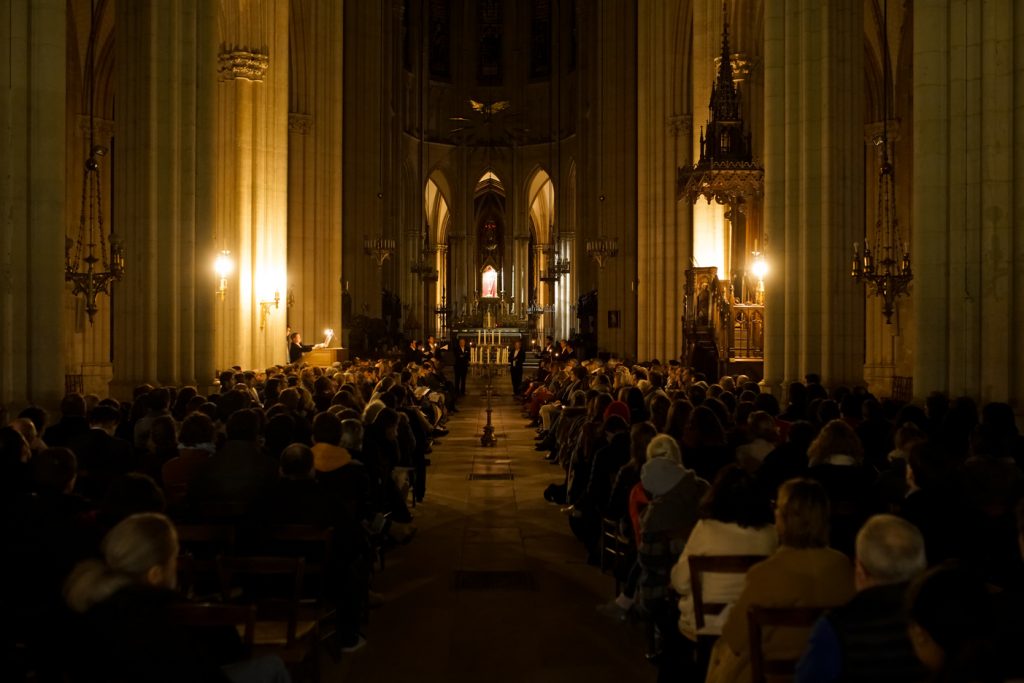
Designed as a a meditation on death, the concert opens with the cry of confidence in the distress of death, that of Psalm 129: de profundis clamávi ad te, Dómine. The listeners are plunged into darkness, while the singers, candle in hand, go in procession to the doors of the basilica. The Gregorian antiphon si iniquitates supports this rite, which is that of the raising of the deceased body on the way to the church. Pari intervallo, a funeral march composed in memory of a friend who died shortly before, is one of Arvo Pärt’s first works in the tintinnabuli – bell-like – style. To the two melodic lines evoking the flesh, the earth and mortality, are associated two tintinnabular lines suggesting the spirit, the paradise and eternity. Independent but in rhythmic harmony, they share the same space, like body and mind. While the organ resounds, under the sharp fingers of Johann Vexo, titular organist at Notre-Dame de Paris, the singers go up the nave.

This is followed by requiem aeternam, the introit of the mass of the dead, and the kyrie, an urgent appeal to divine mercy. The piece, set in polyphony in the purest style of the faux-bourdon, alternates here in duets and quators with the Gregorian theme of the mass of the deceased. Little by little, the light comes on; the church, crescendo, lights up, while the hope of the in paradisum succeeds the cries and supplications. The time comes for the lullaby, kuss kuss kalike, for organ and two voices. “Life goes on and everyone can go their own way,” says the artistic director of Les Chantres de Paris.
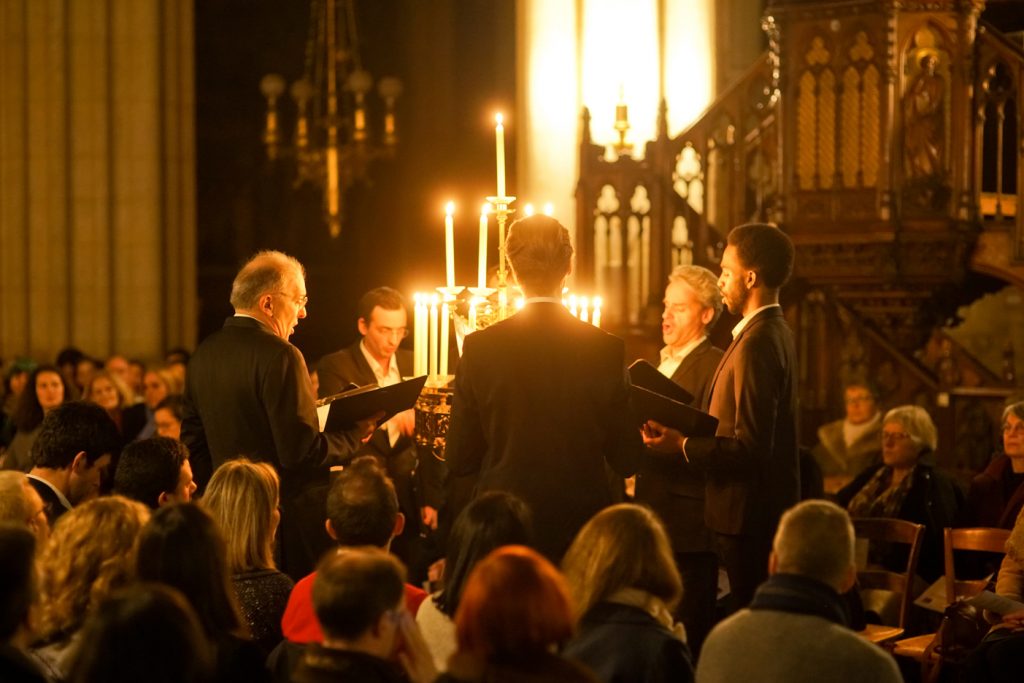
Established in 2016 to explore the considerable heritage of sacred music, rich in fifteen centuries of compositions whose meaning and artistic and spiritual richness remain unknown to the general public, the ensemble Les Chantres de Paris goes beyond simple aesthetic performance and also seeks to provide a spiritual experience. “We want to take our contemporaries into a symbolic world that touches the roots of our humanity. We believe that both the experienced music lover and the neophyte can be captured by the joy expressed in the Missa cum jubilo of Duruflé or meditate on death with De profundis“, according to its artistic director. “Our desire is not to use early music to showcase it, but to put it in perspective.” Its programs, which bring together the works of the greatest composers with Gregorian chant and faux-bourdon, rely on the know-how of professional singers, all recognized soloists evolving at the Bastille as well as at the Scala of Milanwho come together “for a musical adventure that transcends specialties in order to rediscover the soul and meaning of music in its most sacred, and therefore most universal, form”, explains Damien Rivière. To compose this exceptional ensemble, the tenor, a specialist in liturgical music, calls upon singers from different backgrounds – opera, recital, early music, etc. – which together give a formidable depth and a rare authenticity to the interpretation.
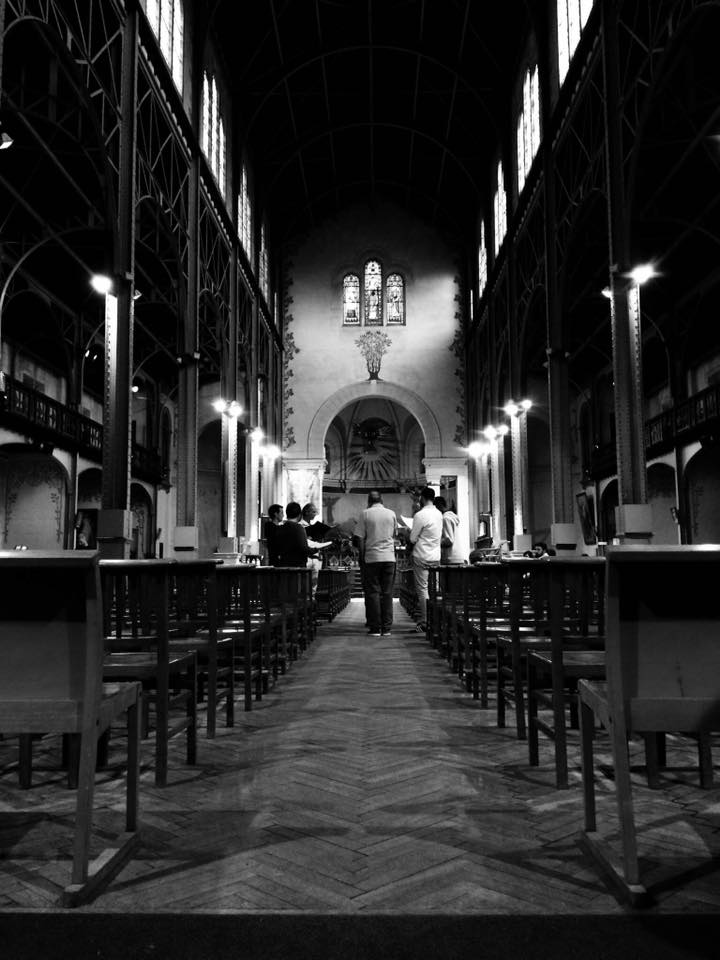
While preparing the recording of a first disc planned for 2021 around his first program, Cum jubilo – This concert will also be performed in Granville on August 15 during the Mission on the Roc Festival and in Vire on October 10 during the Vespérales Festival. the development of a new program around Saint Francis of Assisiwhich has inspired many painters, writers and musicians for nine centuries. In an original approach, Les Chantres de Paris wish to tell its story through the dialogue of texts from the Franciscan tradition, popular songs from the Middle Ages – Lauradio di cortona -, Gregorian chant, the “Four little prayers to Saint Francis” and melodies by Francis Poulenc. In five scenes, the life of the poor man of Assisi will be retraced. Until then, the ensemble will return to the capital on October 9, on the esplanade of the Invalides, for the event organized by the diocese and the city of Paris, Geneviève en Seine, on the occasion of the 1,600th anniversary of Saint Geneviève, patron saint of Paris. The ensemble will produce an original and timeless show, directed by Yves Beaunesme and with Jean-Claude Drouot.


